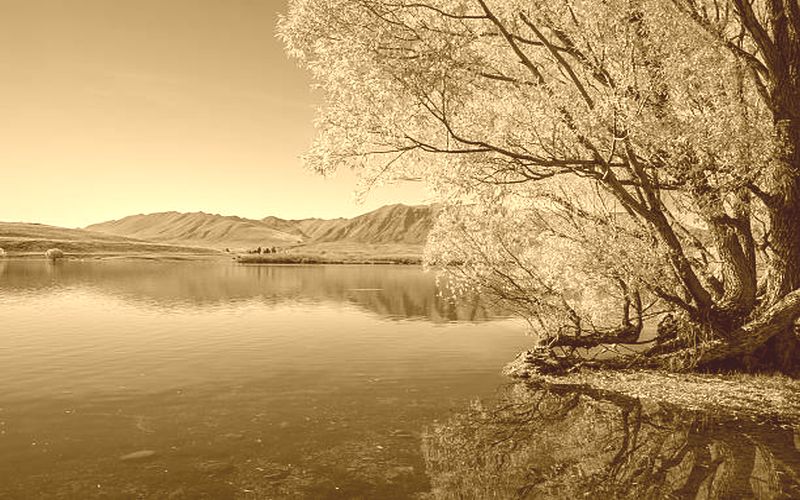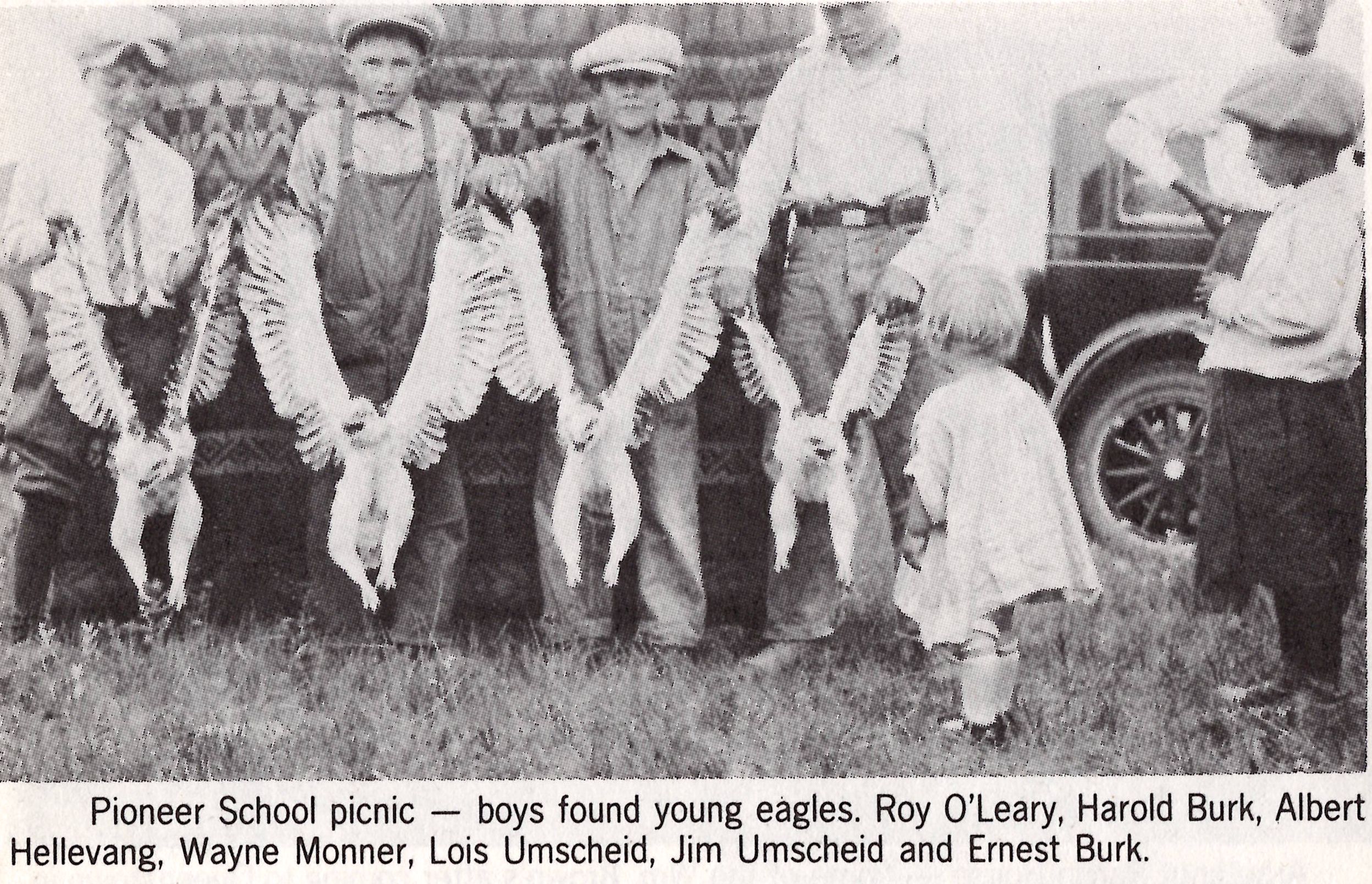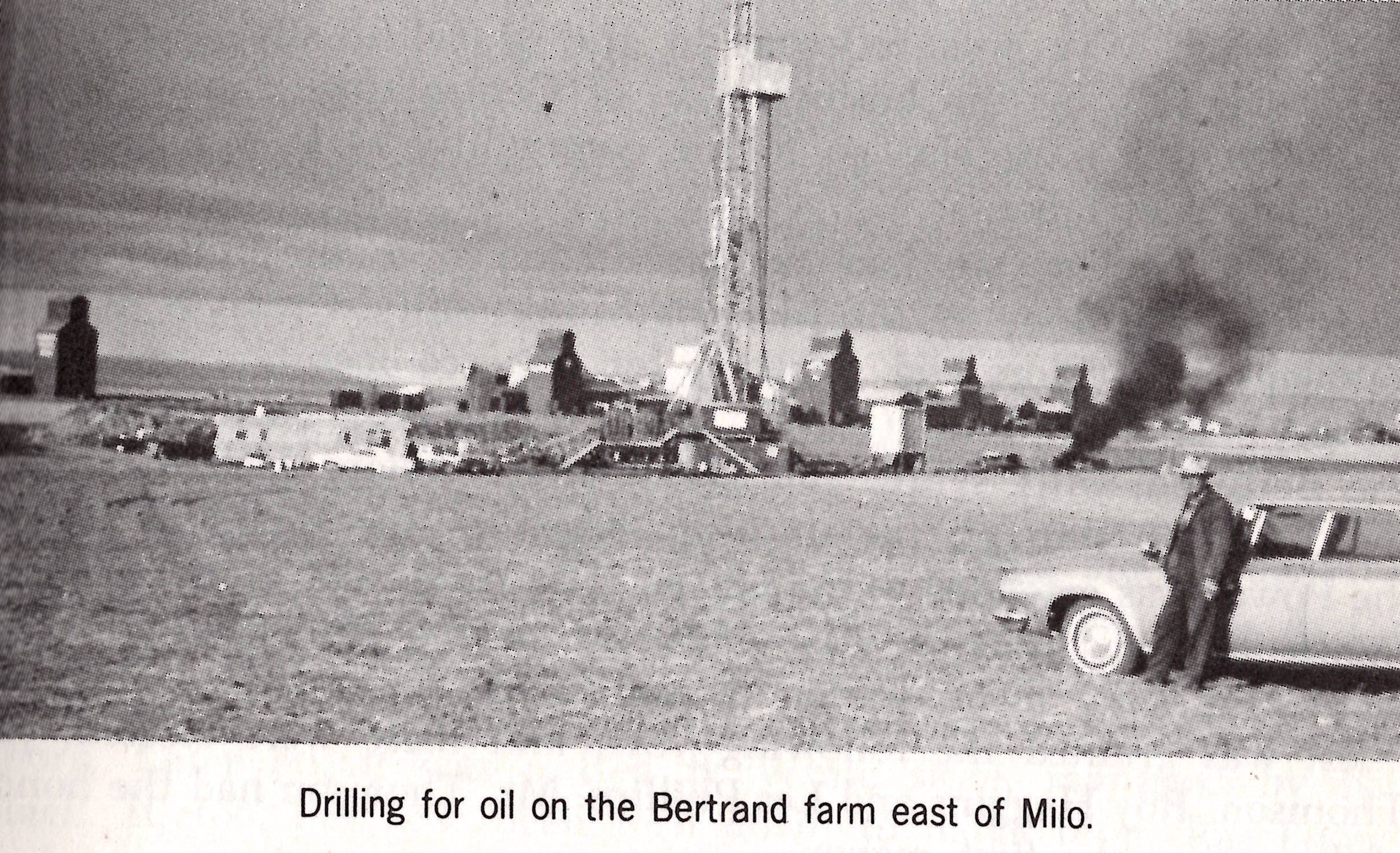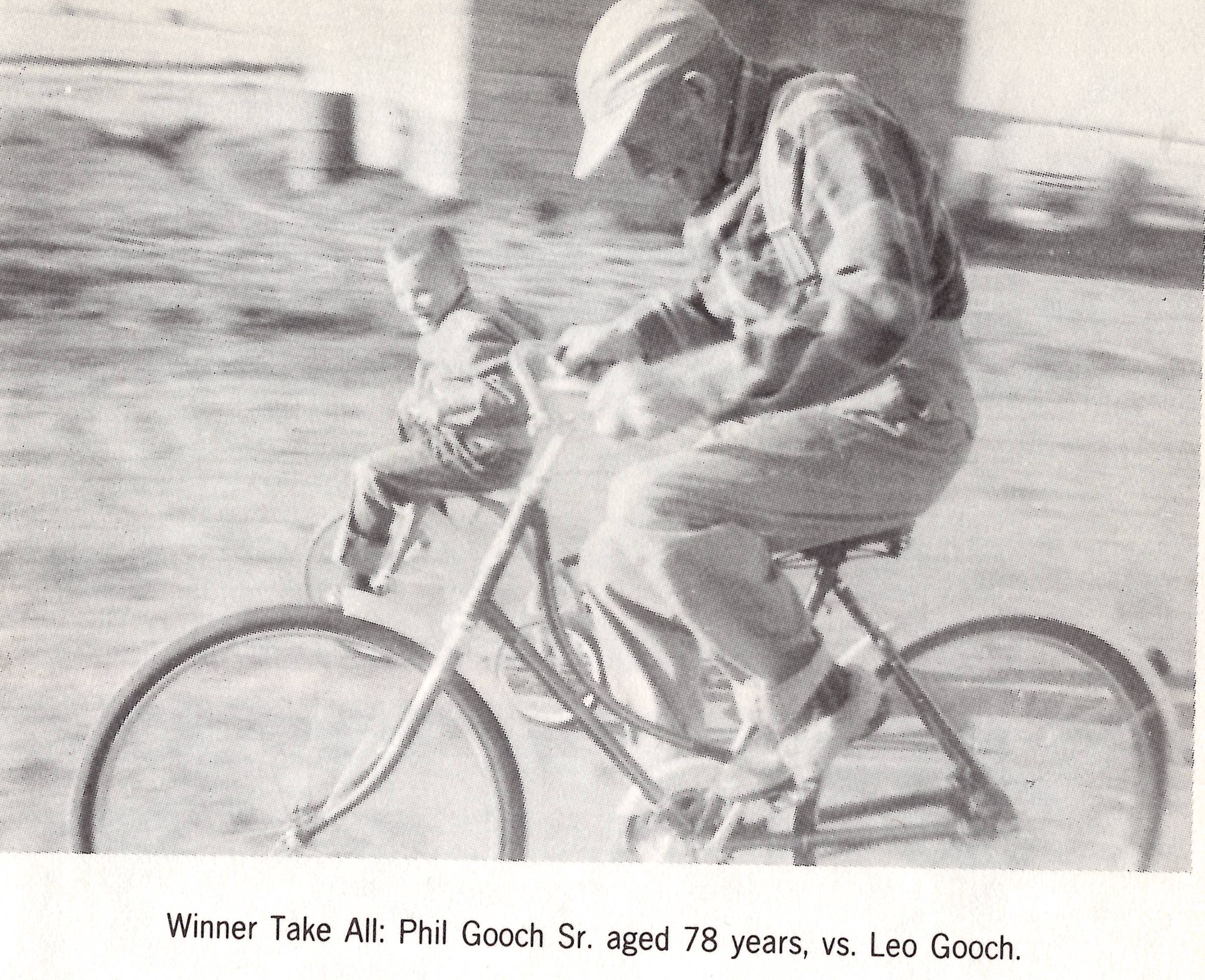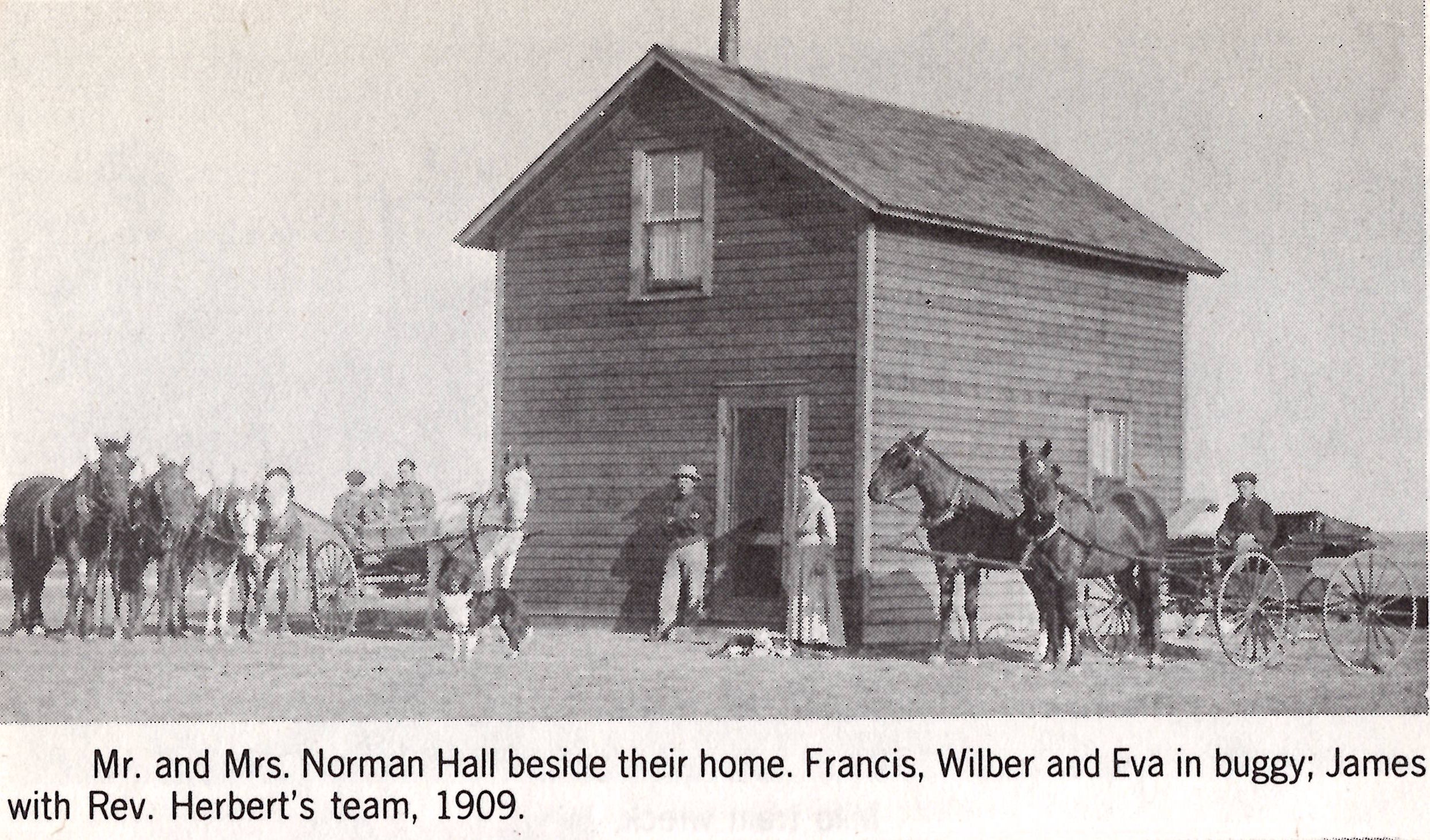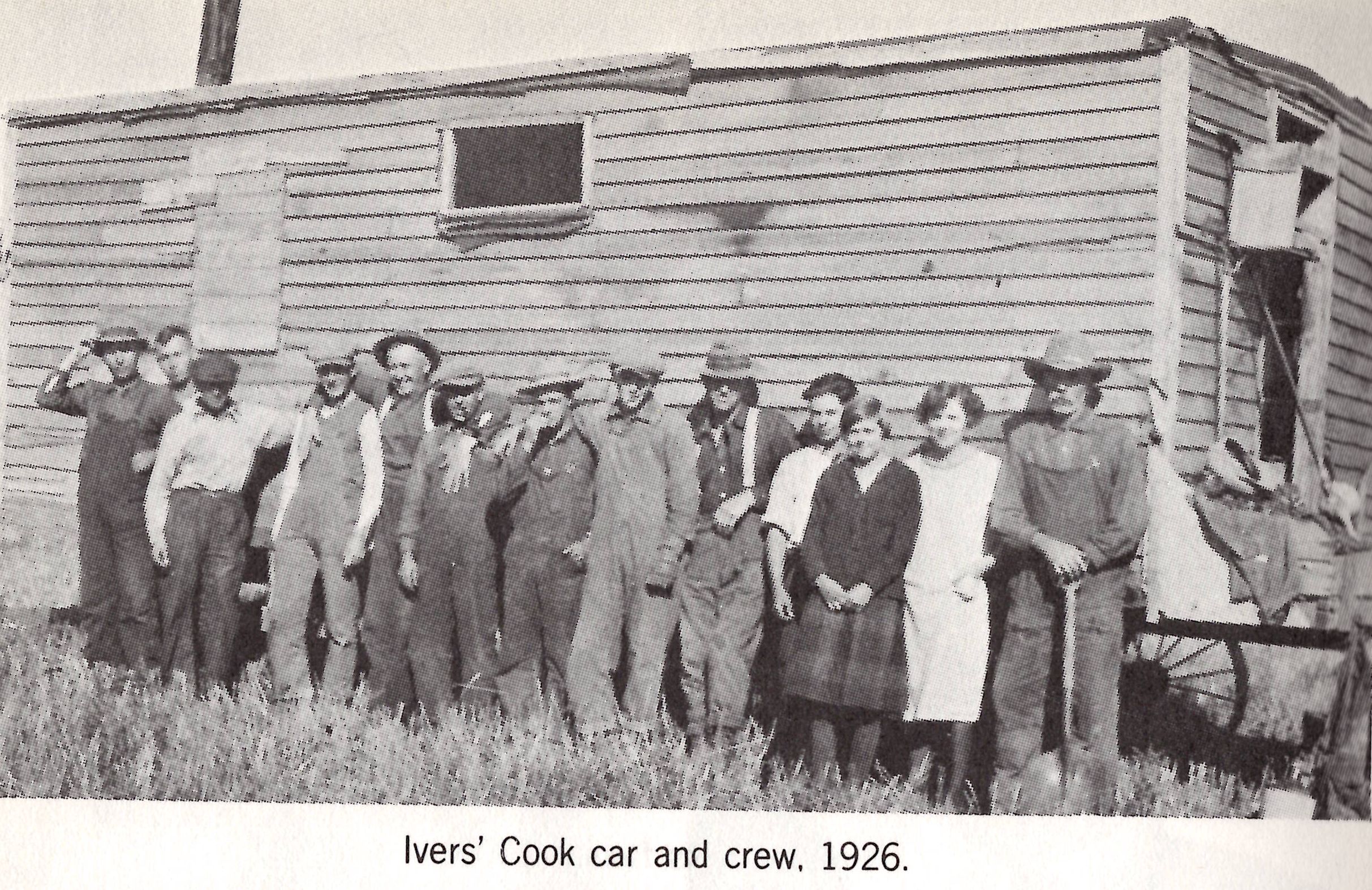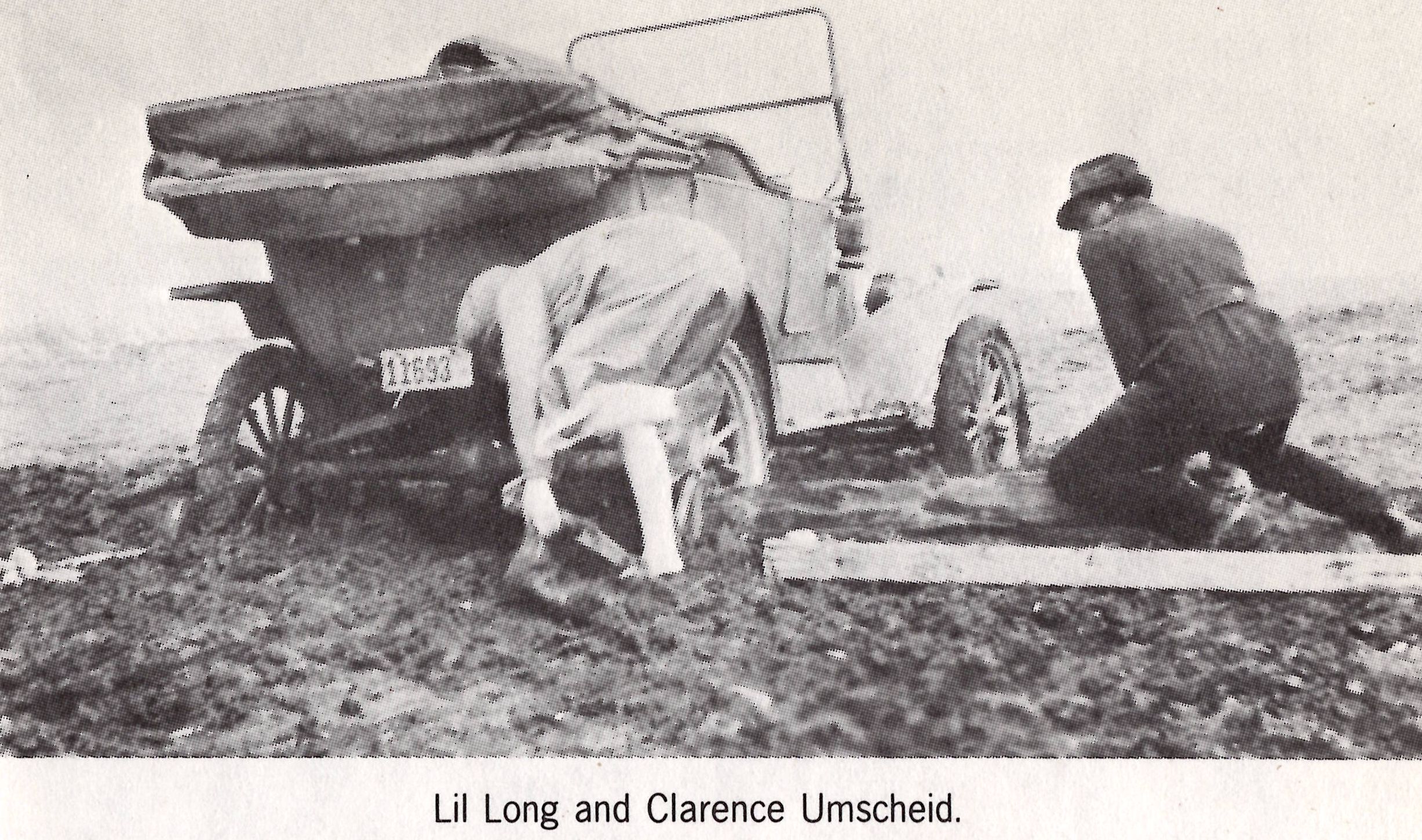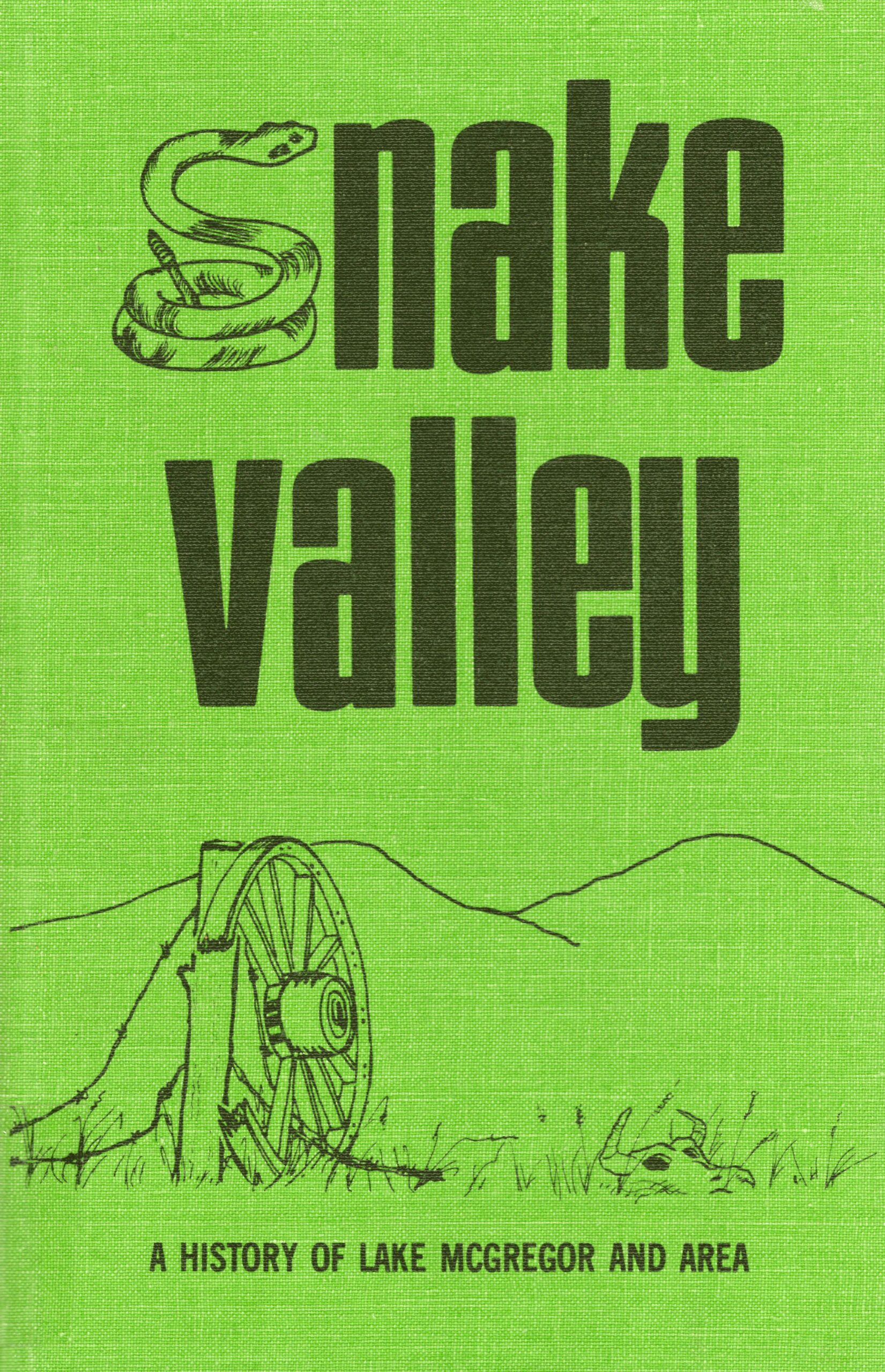
Snake Valley
A history of Lake McGregor & Area
Milo is a village in Vulcan County, located near McGregor Lake. The community was founded in 1909 and incorporated as a village in 1931. Originally, the settlement was bypassed by the Canadian Pacific Railway in 1924, leading to the relocation of the village to its present site. Milo has historically served as an agricultural service center, supporting the surrounding farming and ranching regions. The village is known for its tight-knit community, annual events, and recreational opportunities, including access to McGregor Lake for fishing and boating. The village hosts events such as the LieLow Music Festival, which celebrates local and regional artists.
McGregor Lake is a man-made reservoir in southern Alberta, created in 1920 as part of the Carseland-Bow River Headworks System to support irrigation in the region. Historically, the area was a thoroughfare for the Blackfoot Confederacy, with European settlers arriving in the mid-19th century. The lake was named after J.D. McGregor, a Canadian manager of the British-owned Canada Land and Irrigation Company. Today, McGregor Lake is a popular recreational destination, offering fishing, boating, and camping.
Snake Valley, which includes the Lake McGregor area, has a deep-rooted history tied to Indigenous peoples, early settlers, and agriculture. The valley was historically significant for ranching and homesteading, with farming communities developing in the late 19th and early 20th centuries. This Snake Valley History Book, first published in 1973, documents the stories of settlers and the evolution of the region. The valley was also impacted by irrigation projects, including the creation of McGregor Lake, which transformed the landscape and economy.
Address
Community: Milo
Province: Alberta
Map Location
Latitude, Longitude
50.5696132, -112.8831957
Map Location
| Surname | Given Name | Book Title | Call No. | Page No. |
|---|---|---|---|---|

